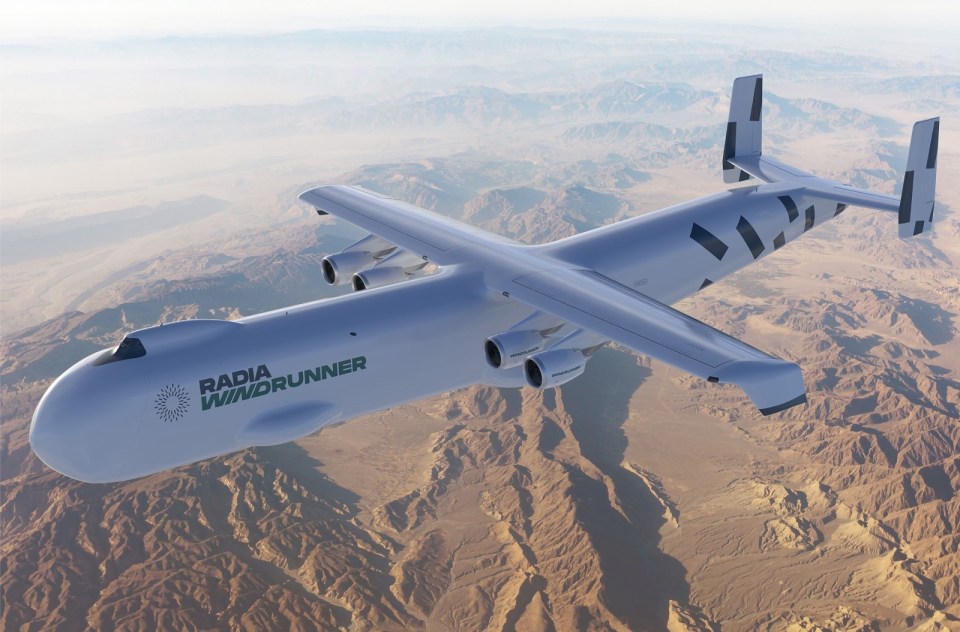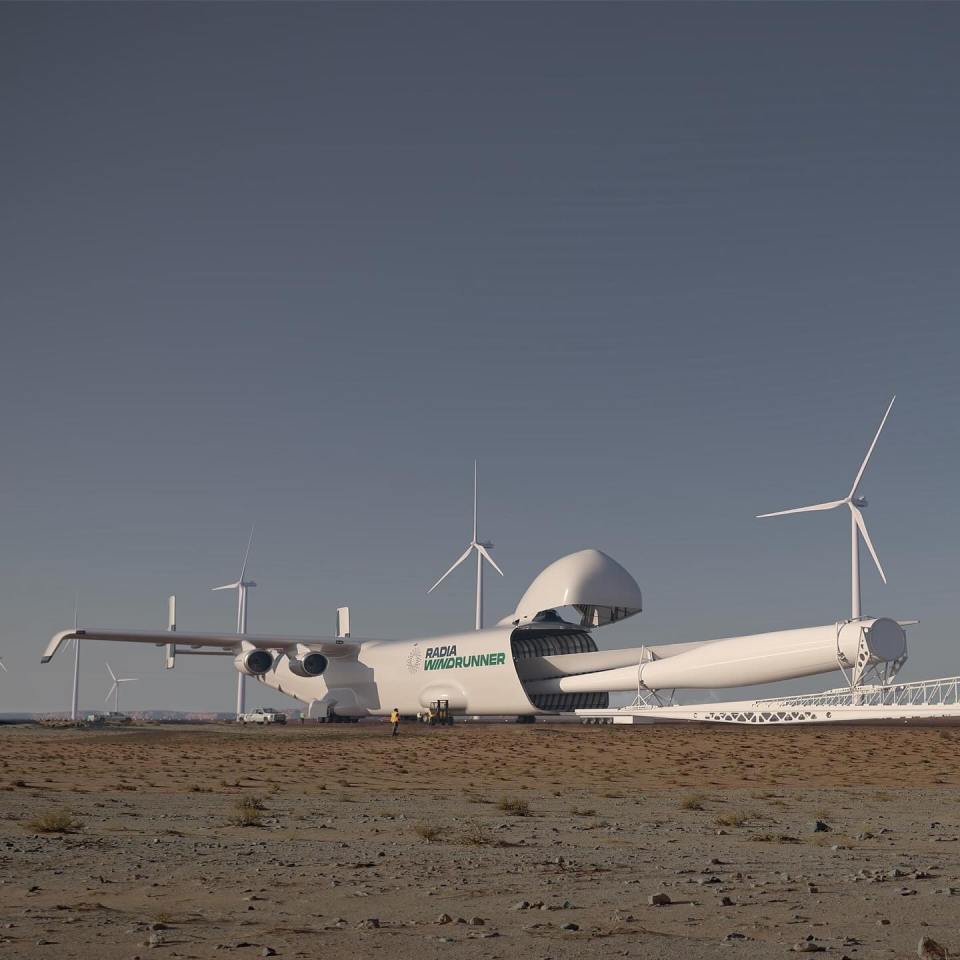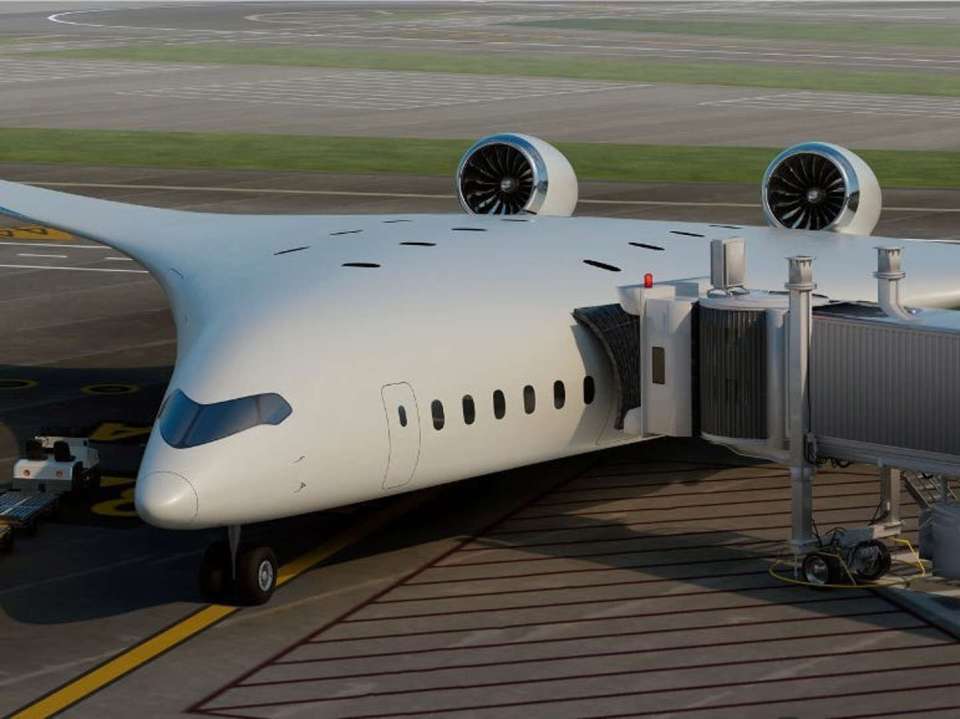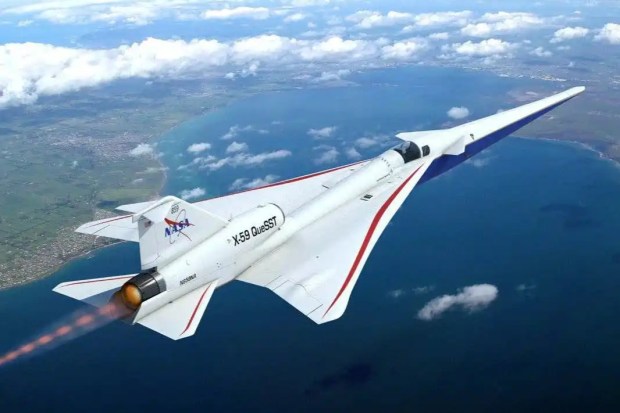New Possibilities In a Blended World of Traditional and Digital Assets
Change and uncertainty have become a new normal for capital markets in recent years. As the established powerhouse of global economic growth, Asian economies have borne much of the impact of this unpredictability. This year, capital markets in Asia have seen fluctuating returns, and a sense of investor nervousness that slowed inbound flows.
Yet with regional wealth continuing to grow steadily, Asia’s long-term investment outlook remains unshaken, according to Ee Fong Soh, Group Head of Financial Institutions, Securities & Fiduciary Services, Global Transaction Services at DBS. The Asia-Pacific region is expected to lead the expansion of global financial wealth, with annual growth projected at 9% through 2029 – far more than any other region1.
“Urbanising demographics and rising wealth continue to boost investment interest among high-net-worth, retail, and institutional investors across the region,” Soh highlights. Moreover, for investors in Asia and around the world, digital assets have moved into focus.

Fortifying Regulatory Foundations In Digital Assets
Regulators are demonstrating clear ambitions to encourage the growing interest in digital assets, with the US leading the charge.
In July, US regulators passed the stablecoin-focused Genius Act, with other legislative projects underway. According to Soh, crypto natives are welcoming this change, especially because lawmakers are looking to protect investors.
However, regulators are understandably prudent in enacting the legislation. Against the backdrop of the rising demand, they must balance multiple priorities – most crucially, investor protection and the stability of the financial system.
As such, investors should “keep a sharp eye on developments, while also understanding that regulators will move at different paces, and that a complete framework is still some time away,” Soh recommends.
Old Meets New
“In custody, the near-term implication is the need to support a hybrid investment environment,” says Soh, who in 2025 was named The Asset’s Digital Custodian Banker of the Year.
However, the distinct characteristics of digital vs traditional assets make the concurrent trading and settlement of both complex.
Many equity exchanges, for example, follow T+2 settlement with restricted trading hours. Crypto currencies (and other digital assets) move 24/7, with near instant settlement. Managing these two parallels with consistent servicing is a new, complicated reality for custodians. “Many are still learning to manage the sheer velocity of transactions in a multi-chain world,” says Soh.
Other unresolved issues include AML and KYC concerns on public chains. The lack of unified governance over onchain due diligence exemplifies the broader struggle of keeping regulation in step with growth. In addition, the high cost of fraud insurance covering digital assets, and persistent concerns over cyber security, particularly in relation to crypto currencies remain significant. In 1H 2025, more assets were stolen in crypto-related crimes than in all of 20242.
While they remain high, Soh believes these hurdles are not unsurmountable. “Banks, industry partners, and regulators must work together, combining intelligence, data, and technology to support this prospering landscape,” she adds.
Amalgamating Opportunities
Given the additional risk concerns, asset safety is at the forefront of product innovation. As both Asia’s Safest Bank and the Best Digital Assets Custody Specialist in APAC, DBS maintains safety as a central principle when developing solutions to meet the growing regional demand for digital assets.
Under the new reality of a hybrid environment, DBS is developing new solutions and services to meet demand. The Bank announced its tokenised structured notes on the Ethereum public blockchain and offering it to eligible investors on third-party digital investment platforms and digital exchanges. By ensuring more flexible and accessible investment opportunities in crypto, this move supports DBS’ ambitions to democratise investing. The Bank’s fiduciary services are expanding accordingly. For example, in 2024, DBS began supporting stablecoin issuers with custody services.
“For us, safety is always paramount, so for this emerging area of custody, we ensure onchain segregation of proprietary assets, in line with the latest regulations.”
Ee Fong Soh, Group Head Financial Institutions, Securities & Fiduciary Services, Global Transaction Services at DBS
Emerging technology is also providing opportunities to bring new efficiencies to investor processes. For example, DBS continues to leverage APIs to aid in the reporting of fiat and digital assets settlement, providing clients with instant transaction assurance.
Distinct Markets, Multiple New Realities
When it comes to a region as diverse as Asia, it is critical to remember that no one market is the same. “As with any emerging asset class, we evaluate investor demand and regulatory readiness on a market-by-market basis – as well as at the regional level,” says Soh.
To keep abreast with evolving regulations and emerging opportunities in the region, she urges investors to lean on a trusted provider with attention to detail and relentless focus on safety.









